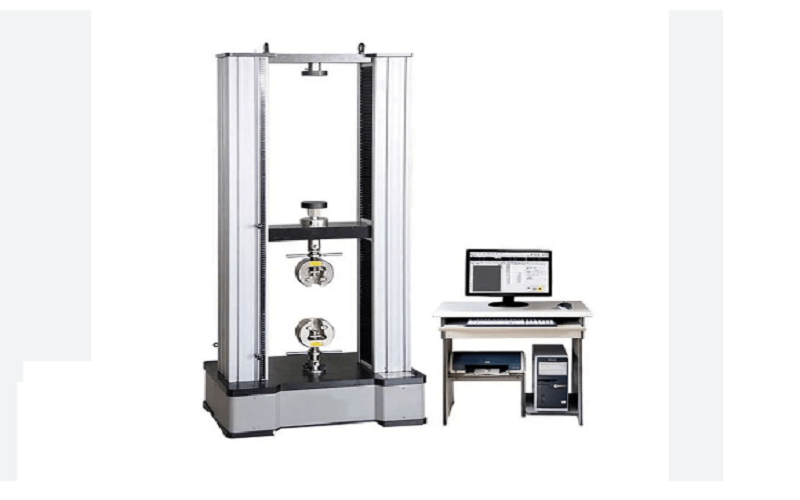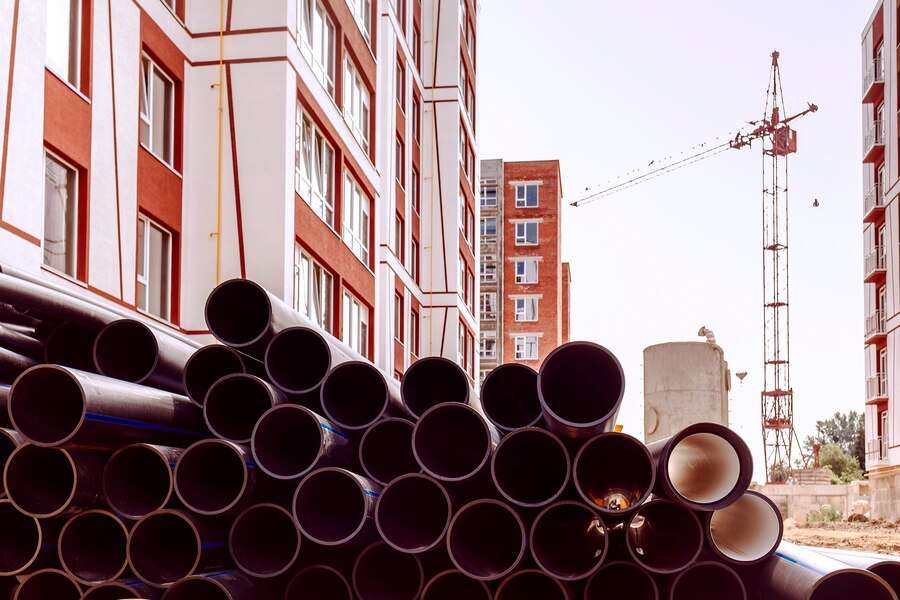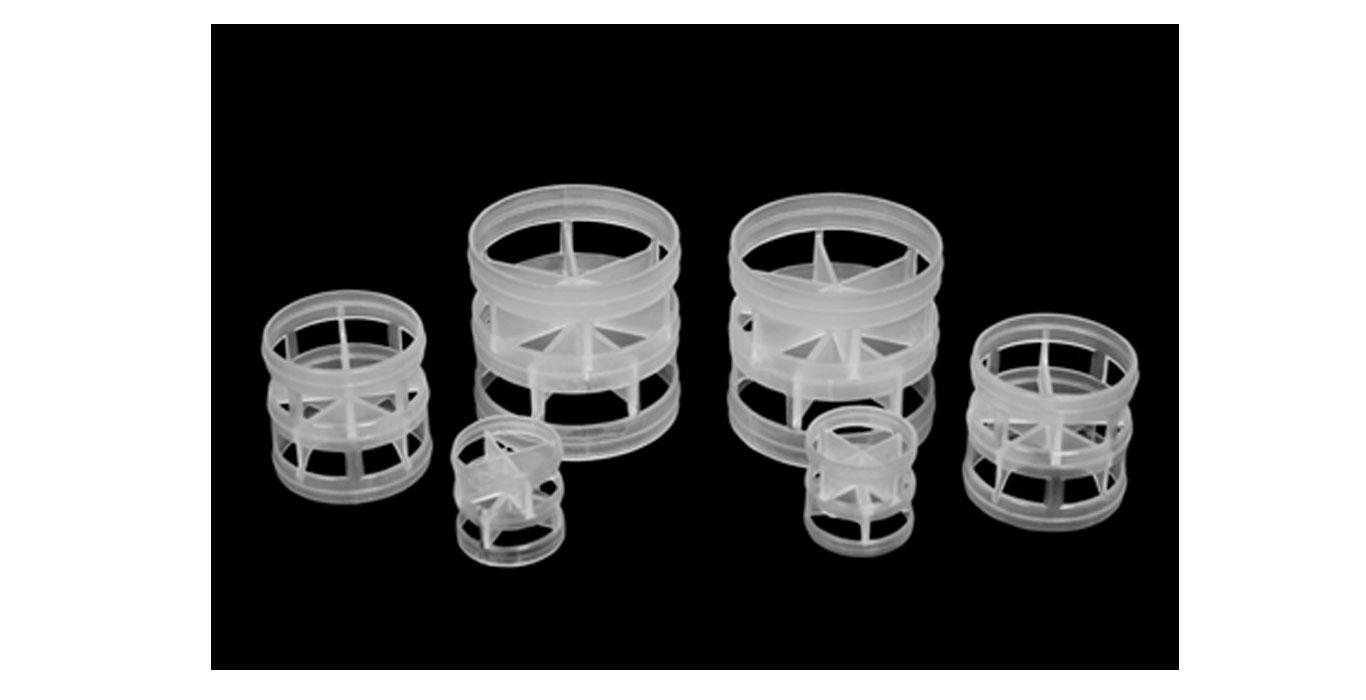Do you require a double-girder overhead crane? There are various aspects to consider while selecting a crane that will fit your requirements. When purchasing a Double Girder Overhead Crane, great thought must be taken to pick the proper type to meet your individual needs. For instance, consider the weight capacity, span, hook approach, and other factors. This article will take you through the important variables to consider when determining the ideal type of double girder overhead crane to purchase.
Double Girder Overhead Crane: An Introduction
It is a bridge crane that comprises two or more overhead runways placed into the building’s support structure, with two girders (the bridge) extending the width of the crane bay between the runways. End trucks are located at the ends of each girder and move the girders and hoists as a unit along the length of the runways. The trolley and hoist are typically routed along the top of the girder.
Here Are The Crucial Factors That You Need To Consider Before Selecting A Double Girder Overhead Crane
Weight capacity
The first thing on your checklist should be the amount of weight you want to lift and move. Double girder overhead cranes are designed and engineered to lift huge loads frequently. This often refers to cargo weighing 20 tons or greater. Purchasing a double-girder overhead crane is excessive if your application requires you to lift and move goods weighing less than 20 tons. Buying a single-girder crane instead will save you time and money.
Operating span
The next item to consider is the span in which your crane will operate. Cranes with spans more than 60 feet often require multiple girder cranes or monobox construction. Remember that rolled section girders for cranes larger than 60′ must normally be spliced and add significantly to crane weight.
Duty class and usage frequency
Consider the crane’s duty class and usage frequency. The intensity and length of crane operation are referred to as duty class. Determine whether your application necessitates mild, medium, or heavy-duty operations. Think about how frequently the crane will be utilized on a daily or weekly basis. This knowledge will assist you in selecting a double girder overhead crane that can endure the anticipated workload while also providing optimal performance and lifetime.
Height of hook
On top of each runway beam is a top-running, double-girder overhead crane. Each runway beam has an under-running, double-girder overhead crane (often called an underhung crane). Top-running cranes may carry more weight than under-running cranes. They also have the most overhead space and the highest hook height. Choose a top-running, double girder overhead crane if maximal headroom and hook height are crucial to you.
Speed and control options
Consider your overhead crane’s intended speed and control options. The crane’s speed, including lifting, trolley travel, and bridge movement, should correspond to your operational requirements. Consider the productivity and safety benefits of faster lifting and transporting speeds. To ensure simplicity of operation and efficiency, investigate control alternatives such as pendant control, radio remote control, or cabin control.
Environmental factors
Evaluate the environment in which the crane will work. Temperature, humidity, dust, and corrosive substances can all affect crane performance and longevity. Choose a double girder overhead crane with adequate protective features and materials to survive the environmental difficulties of your workplace.
Safety features
When selecting an overhead crane, safety should be a major priority. Overload protection systems, emergency stop buttons, limit switches, and anti-collision devices are all examples of safety features to look for. During crane operation, these elements serve to prevent accidents, protect personnel, and protect important equipment.
Installation
Extra material is required for the bridge beams and runway systems of double girder overhead cranes. They also place greater strain on your building’s structure and foundation. Your crane may require additional tie-backs or support columns to handle the extra deadweight that comes with two girders instead of one. Include these expenses in the total cost of purchase and installation.
Customization possibilities
Consider whether your application has to be customized. Auxiliary hoists, platforms, and specialized lifting attachments can be added to double-girder overhead cranes to satisfy unique needs. Discuss your needs with Double Girder Overhead Crane Manufacturers in India to ensure that the crane you choose is tailored to meet your specific operational needs.
Supplier reputation and assistance
Finally, conduct research and select recognized manufacturers with a track record of providing dependable and high-quality overhead cranes. To ensure long-term satisfaction and smooth operations, evaluate their after-sales support, maintenance services, and spare parts availability.
Conclusion
As you can see, choosing an appropriate sort of dual girder overhead crane requires careful evaluation of load capacity, span, lifting height, environmental factors, safety features, and much more. By thoroughly evaluating these criteria and working with Double Girder Overhead Crane Suppliers in India, you can make an informed decision.
Ganesh Engineering Co. provides a comprehensive selection of standard and custom double-girder overhead cranes, hoists, and crane components. They will assist you in making a choice that suits your specific material handling demands, assuring efficient operations and optimizing productivity in your business. For more information, you may visit the website!
Frequently Asked Questions?
What is a double girder overhead crane’s span?
Torsion-free box girders are used in double-girder cranes. This makes twin girder cranes particularly ideal for lifting and hauling loads greater than 10 T and spans greater than 25 m. Dual girder overhead cranes with load capacities of up to 100 T and spans of up to 50 M are available.
What are the advantages of a double girder overhead crane?
- Greater hook height (the distance the hoist can lift above the floor).
- Hook heights on multi-girder cranes are frequently up to 36 inches higher than on single-girder cranes.
- There are no upper limits to the greatest span.
- There are no restrictions on maximum lifting capacity.
- Ideal for adding service pathways, maintenance platforms, cabs, lights, and other accessories.
What is the purpose of a double girder EOT crane?
Double-girder bridge cranes are good for lifting huge loads and can be used more frequently than single-girder cranes. They are often used in mining, iron and steel production, railyards, and shipping ports, and they can be utilized both indoors and outdoors in a bridge or gantry form.










